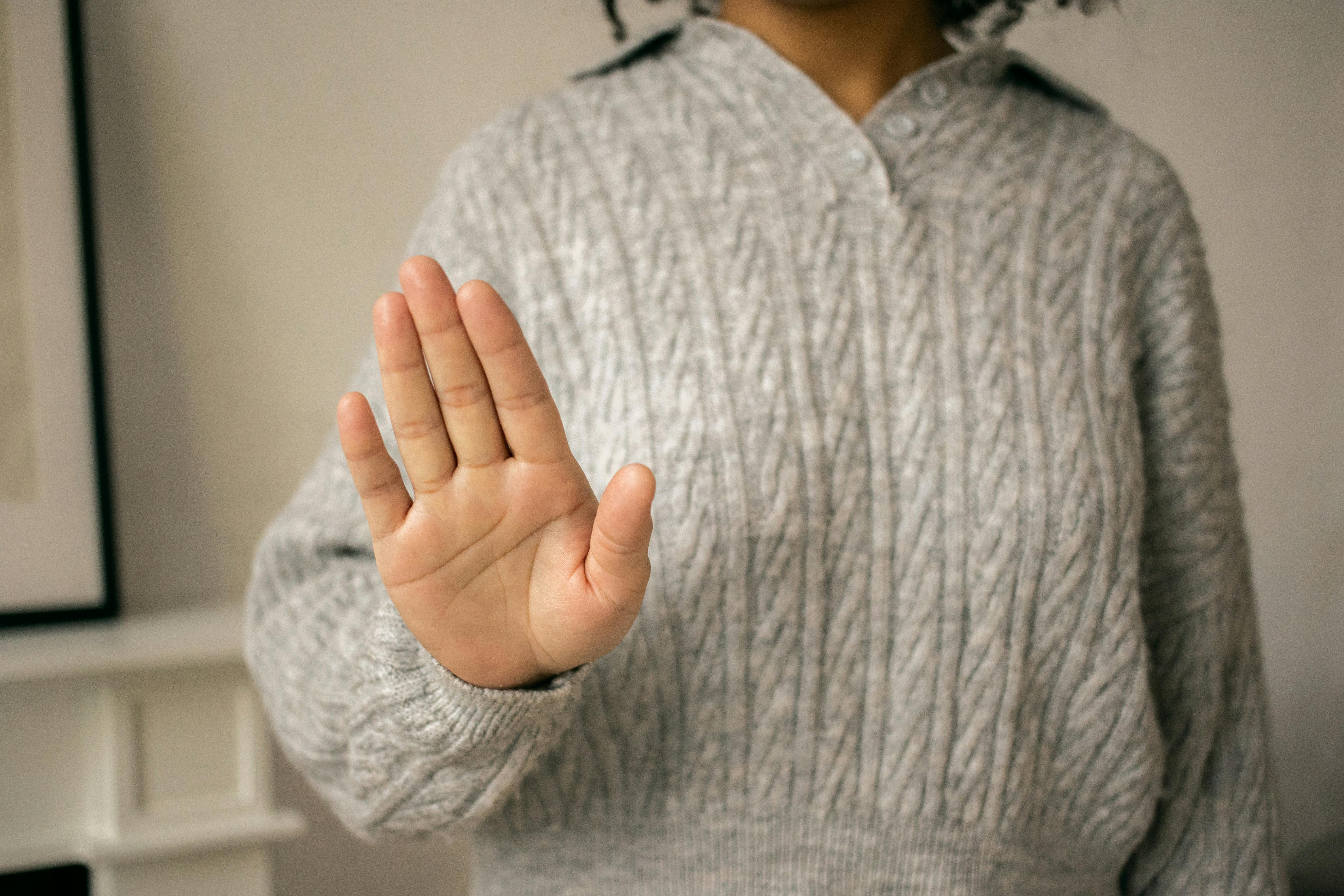Introduction
The novel coronavirus is the causative agent of the viral disease that has become a global pandemic and induced the global economic recession. Known as COVID-19, this disease has threatened public health on a large scale, forcing authorities around the world to opt for a long-term lockdown to break its chain of progression. According to the UN Secretary General, the situation caused by COVID-19 is reminiscent of the crises that occurred during the Second World War. Overall, more than 16 lakhs of people have been infected by this disease and it has caused more than 82,000 deaths worldwide.
Origin of COVID-19
COVID-19 originated in the Chinese city of Wuhan in the last month of 2019 when local health workers claimed that this viral disease was transmitted from animals to humans. Since then, it has spread to different countries of the world. Today, the disease is prevalent in more than 100 countries around the world. Being a new virus, there is no specific vaccine or medication available to prevent this viral illness. Since December of last year, there have been many attempts to understand the novel coronavirus. Despite the vast amount of data available, not much is known about this newly mutated coronavirus. In this article, we will walk you through some unknown things and facts about the virus.
Known facts about the new coronavirus
-
This newly mutated virus was first detected in the Chinese city of Wuhan, where people contracted this virus from livestock products.
-
Corona Virus is scientifically called as SARS-CoV-2.
-
Since the disease was discovered in 2019, the World Health Organization (WHO) has named it COVID-19.
-
Just a few days ago, the WHO decided to call this COVID-19 a ‘Pandemic’.
-
This virus belongs to a family of viruses that cause illnesses ranging from a mild cold to severe illness. Some of the serious illnesses caused by this family of viruses include Severe Acute Respiratory Syndrome (SARS) and Middle East Respiratory Syndrome (MERS).
-
Common routes of virus transmission include physical contact from or through coughed or sneezed droplets from an infected person.
-
This viral disease is highly contagious.
-
Symptoms are mild at first for an infected person, and infections increase over time. Symptoms associated with COVID-19 include a dry cough, fever, sore throat, stuffy nose, tiredness, diarrhea, or runny nose.
-
About 80% of people with COVID-19 recover without much medical intervention. However, one in six infected people become seriously ill and require serious medical intervention as they develop shortness of breath.
-
Ordinary people can avoid contracting this disease by observing social distancing, washing their hands with hand sanitizers or soaps at regular intervals, stopping touching their faces, noses, and eyes, avoiding traveling, and stopping hugging and shaking hands.
Having reviewed the known facts, let’s now look at some unknown facts about this disease.
-
Since there is no prescribed cure for the treatment of COVID-19, all patients will receive is supportive treatment based on the symptoms they experience.
-
Vaccines for the Corona Virus are being developed in countries like the United States and China. However, they are undergoing clinical trials in these countries, which is a required step before getting approval from local government agencies.
-
On average, a person infected with COVID-19 can transmit the virus to two or more people.
-
Mainly the elderly, children under 10 years of age and those people who have weak immune systems and pre-existing medical conditions can develop serious diseases. According to doctors, people with heart problems, diabetes, high blood pressure, or previous lung infections can become seriously ill from exposure to this virus.
-
When the affected person sneezes or coughs, the droplets that come out contain this virus. Virus particles present in airborne droplets remain virulent for about 3 hours in airborne droplets.
-
Although the use of masks does not guarantee 100% protection against the transmission of COVID-19, it is recommended that people infected with the virus wear them to stop the spread of airborne droplets from coughing or sneezing. Even people with the common cold and cough are advised to wear the mask to prevent the spread of cough or sneeze droplets. Healthy people do not need to wear a mask.
-
Although there is no data available to substantiate re-infection with COVID-19, there have been cases of people becoming infected after making a full recovery once. For example, a Japanese woman was reported to have contracted the reinfection after recovering once.
-
Despite previous beliefs that COVID-19 infection tends to decline during summer seasons, there has been an increase in infections in all climatic areas. That is why the WHO has made it clear that the transmission of this disease does not depend on the weather.
-
There is no information to suggest when the COVID-19 infection is likely to subside and life around the world to return to normal.
-
Although there is no evidence to suggest the spread of the Corona virus from domestic cats or dogs, there has been a case where a tiger at the zoo contracted the COVID-19 infection. More data is required to substantiate this claim.



